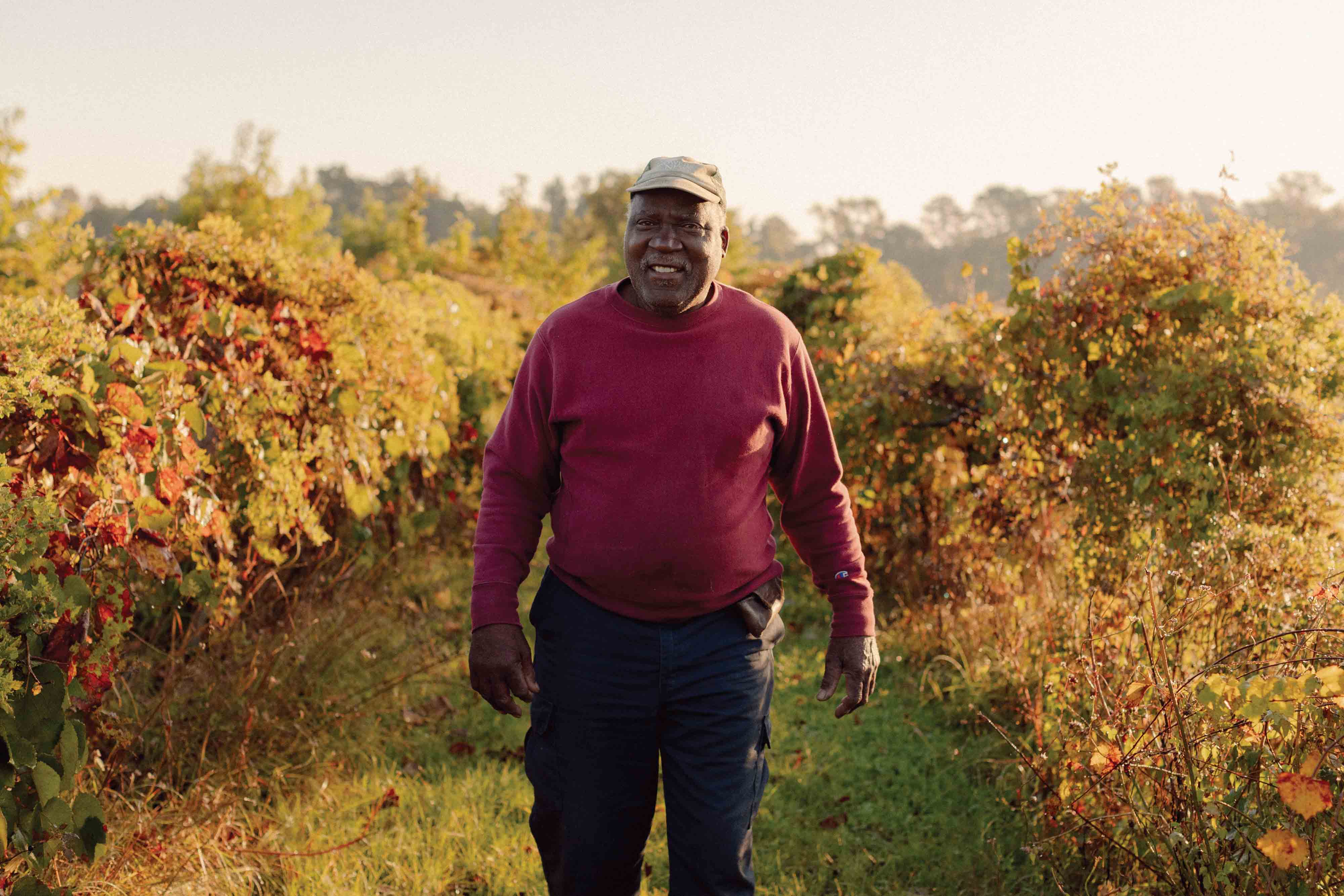Gullah Way
Story by Luana Graves Sellars
Photography by Lizzy Rollins
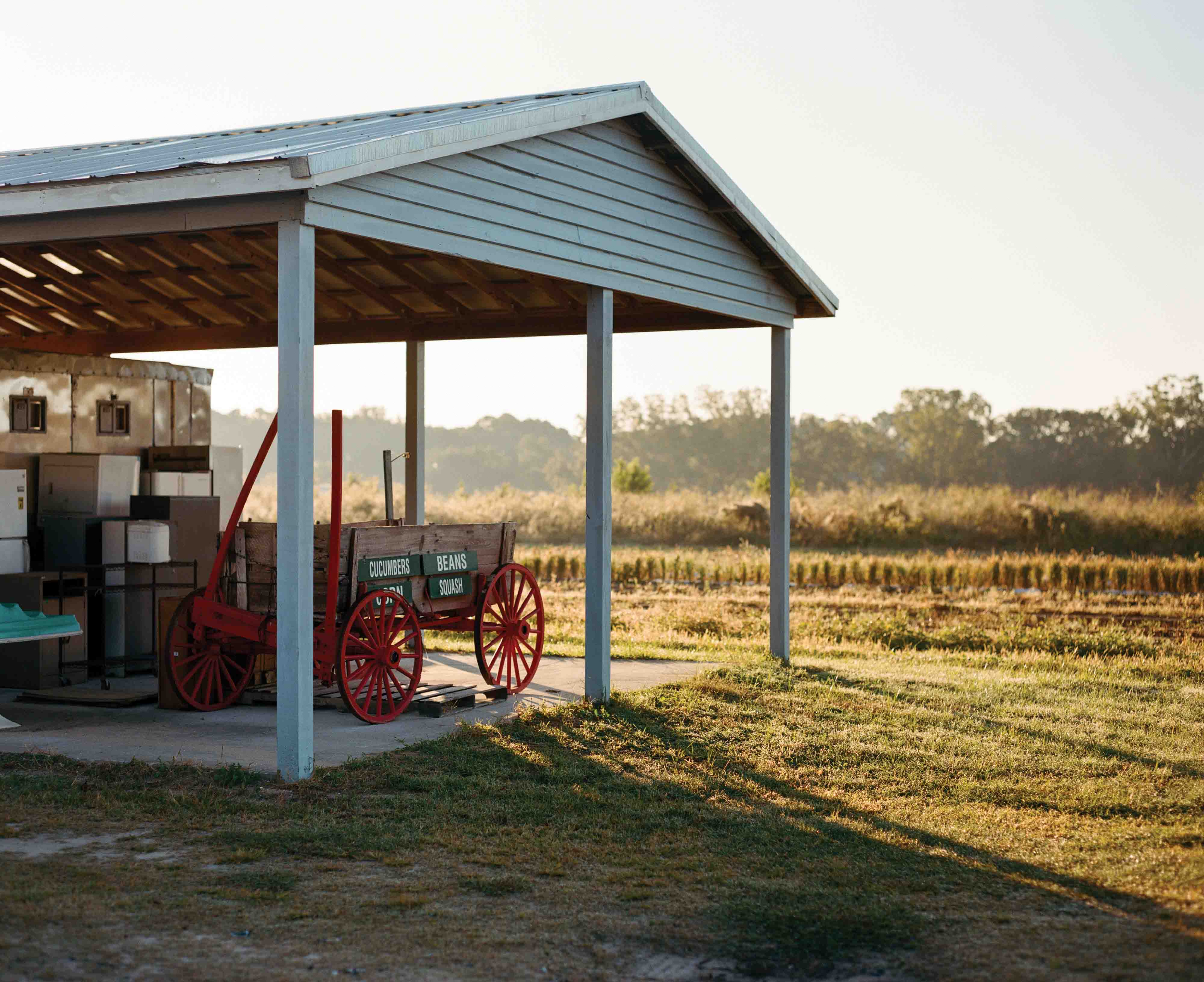
It is impossible to experience Gullah cuisine without understanding the story of the Gullah Geechee people, the direct descendants of enslaved West Africans specifically imported to the Lowcountry for their expertise in growing rice. And the origin of Gullah food dates back thousands of years. This cuisine beget by slavery is deeply rooted in West African culture and is a testament of the adaptability and creativity of the enslaved people.
The story of rice, as a valuable commodity and a primary staple, echoes a way of life prior to enslavement. Traditionally, West African women were the caretakers of seeds, and upon capture, enslaved women braided rice grains into their hair and carried the seeds with them on the arduous journey across the ocean. The environments of the Lowcountry and the African West Coast are very similar, which made the continuation of cooking practices seamless as the slave trade grew. For instance, jollof rice in West Africa translated to red rice, now a Gullah staple.
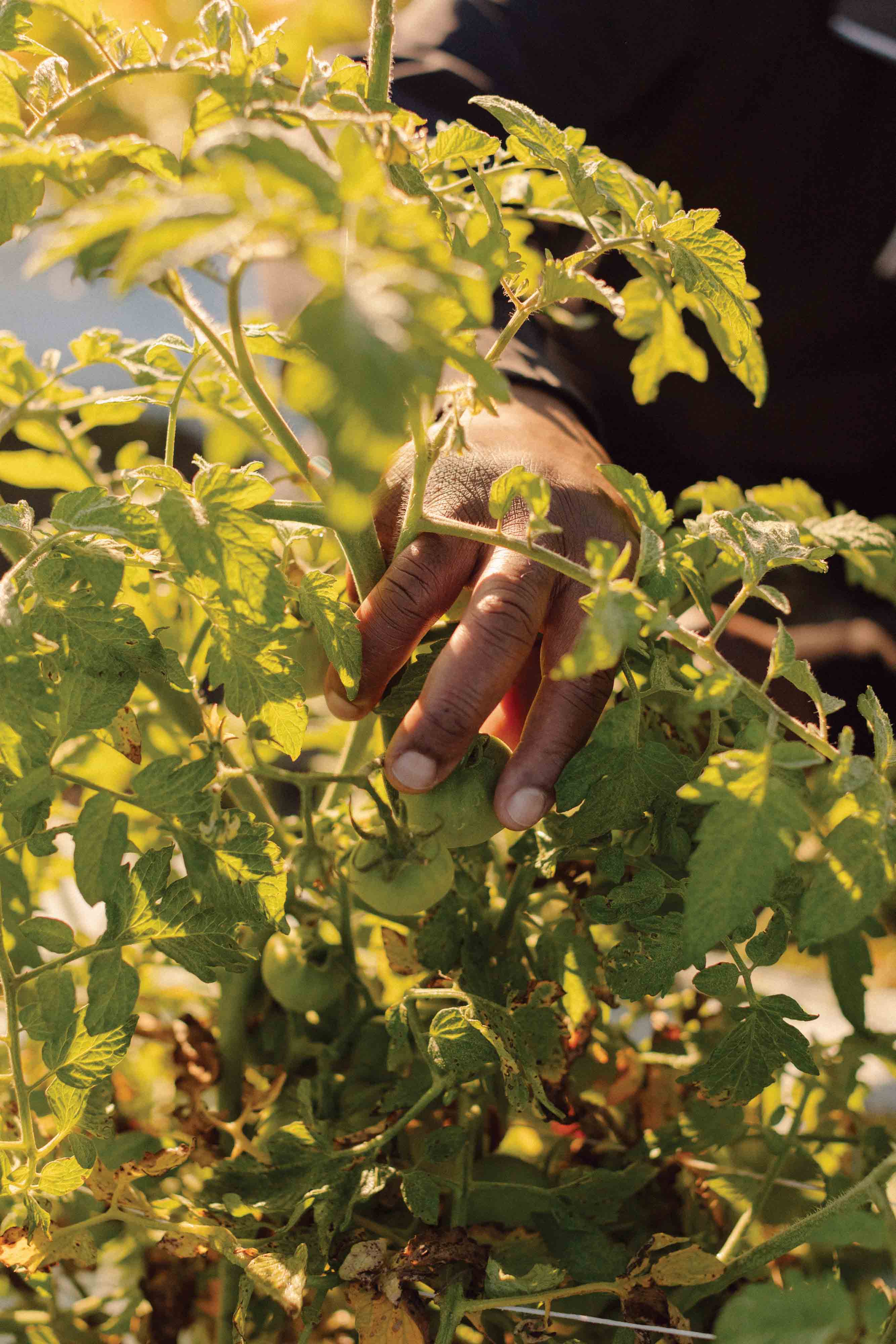
Gullah traditions, significantly foodways, were passed down orally from generation to generation. Recipes and cooking methods were not written down—they couldn’t be. Seasonal crops and availability dictated cooking practices. Preparation styles, heavily influenced by African traditions, evolved within a history of poverty and of learning to “make-do.” They used all parts of the rice plant. For example, the stalk of the plant became padding to sleep on, and grains broken during processing turned up on the table as couscous or grits.
Cooking for themselves, enslaved people often only had access to a single pot, a cast-iron pan if they were lucky. This resulted in many enduring Gullah one-pot meals still enjoyed today, like Hoppin’ John. And limited tools called for creativity. Yams were cooked under the pot in the ashes, and if meat was available, it was roasted above the pot. Most often, enslaved people only received the cast-off parts from cows and pigs, and they transformed these scraps into delicious dishes. Cooking over a fire meant simmering the food on low heat, with preparation completed in the early morning, which gave the meal time to slowly cook all day. The lack of measuring cups meant seasoning by a “pinch” or “dash.”
After emancipation, the eventual diaspora, or “scatter,” spread these traditional styles of cooking beyond the Sea Islands. Gullah Geechee foodways are one of the oldest traditions still widely practiced in America today. And it remains central to current Gullah culture to gather for Sunday dinner. Roasting a pig for the holidays or a celebration that feeds an entire community is still common.
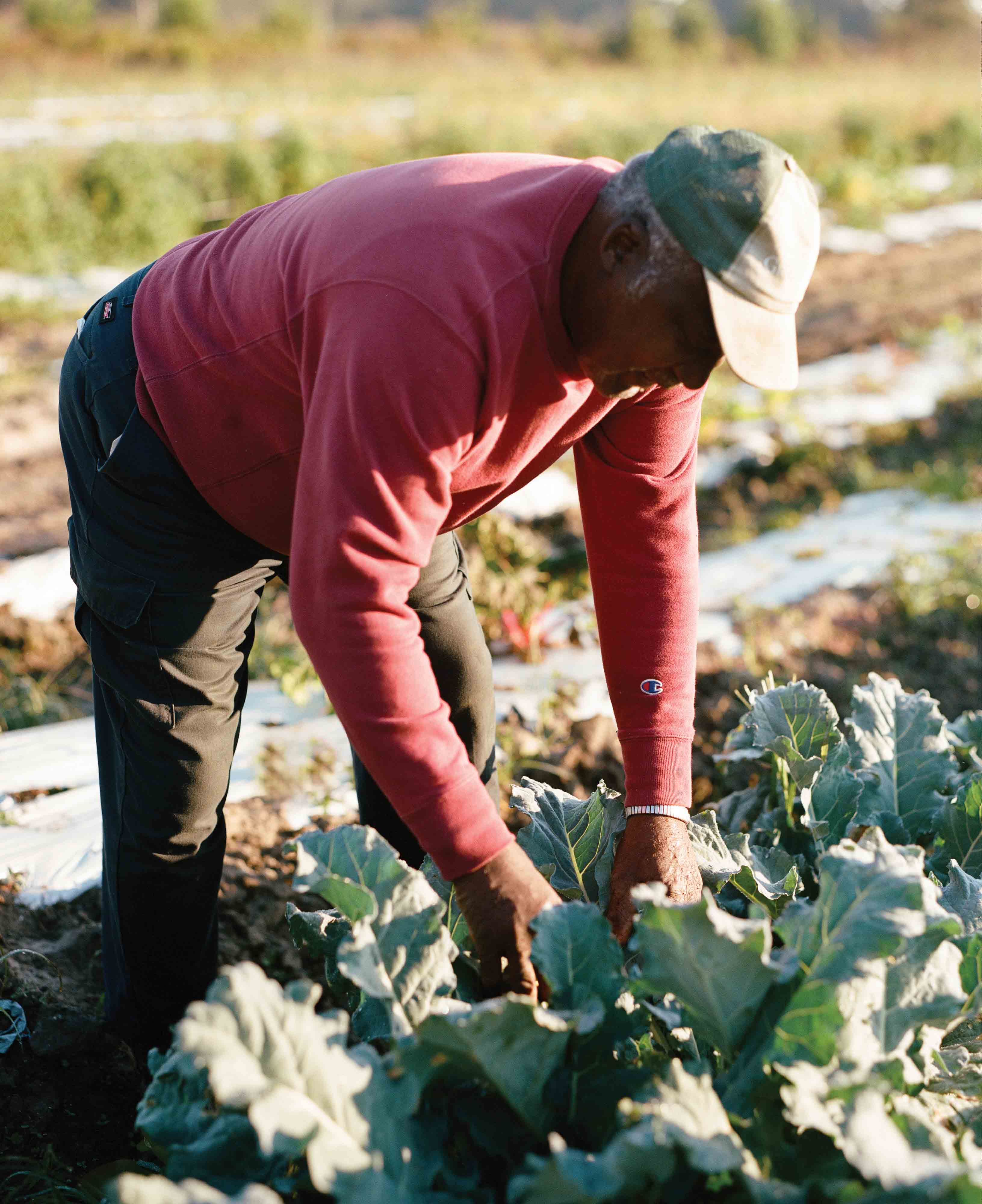
Today, Gullah cooks pride themselves on their ability to season and measure by memory, sight, and taste. Gullah Chef Sly Holmes shares his traditional cooking style at the River Course on Kiawah. “Most of my recipes are stored in my head,” he says. “I don’t need it on paper. I do it by experience, taste, and smell…and if I don’t like it, I won’t feed it to anyone.”
Rice is almost always central to Gullah dishes. Purloo is made with oysters or crab, turkey, chicken or pork, garlic, and red rice with sausage. Adding flavor and seasoning is crucial, and hot peppers are a primary ingredient. Meals have always been tied to the seasons, to what could be grown and caught. The fall harvest brought ripening pecans, walnuts, and wild chinquapins (dwarf chestnuts), which were abundant and used to make pies. Homemade wines were made from fruits like blackberries, mulberries, and plums.
Many Gullah chefs would say soul food or Southern cooking is often interpreted as an offshoot of Gullah cooking. There is certainly an overlap with dishes like okra soup, red rice, and fried fish. A sweet potato pone, which is similar to cornbread, has been a staple on the Sea Islands for ages. And using peanut butter or nuts in recipes is another direct connection to West African cooking practices. But, in truth, Southern cooking is a mishmash of influences and ingredients and people. For example, purloo is the Lowcountry version of a pilaf and is very similar to a Louisiana jambalaya.
Today, the Lowcountry boil is a Southern staple, made from traditional ingredients like shrimp, corn, sausage, and potatoes. It’s another one-pot meal with origins tracing back to the Gullah people of the Southeastern coastline. Steeped in history and culture, the Gullah foodways offer an opportunity to connect with the past. The next time you eat Gullah food, savor the taste and take a moment to appreciate its incredible origins.
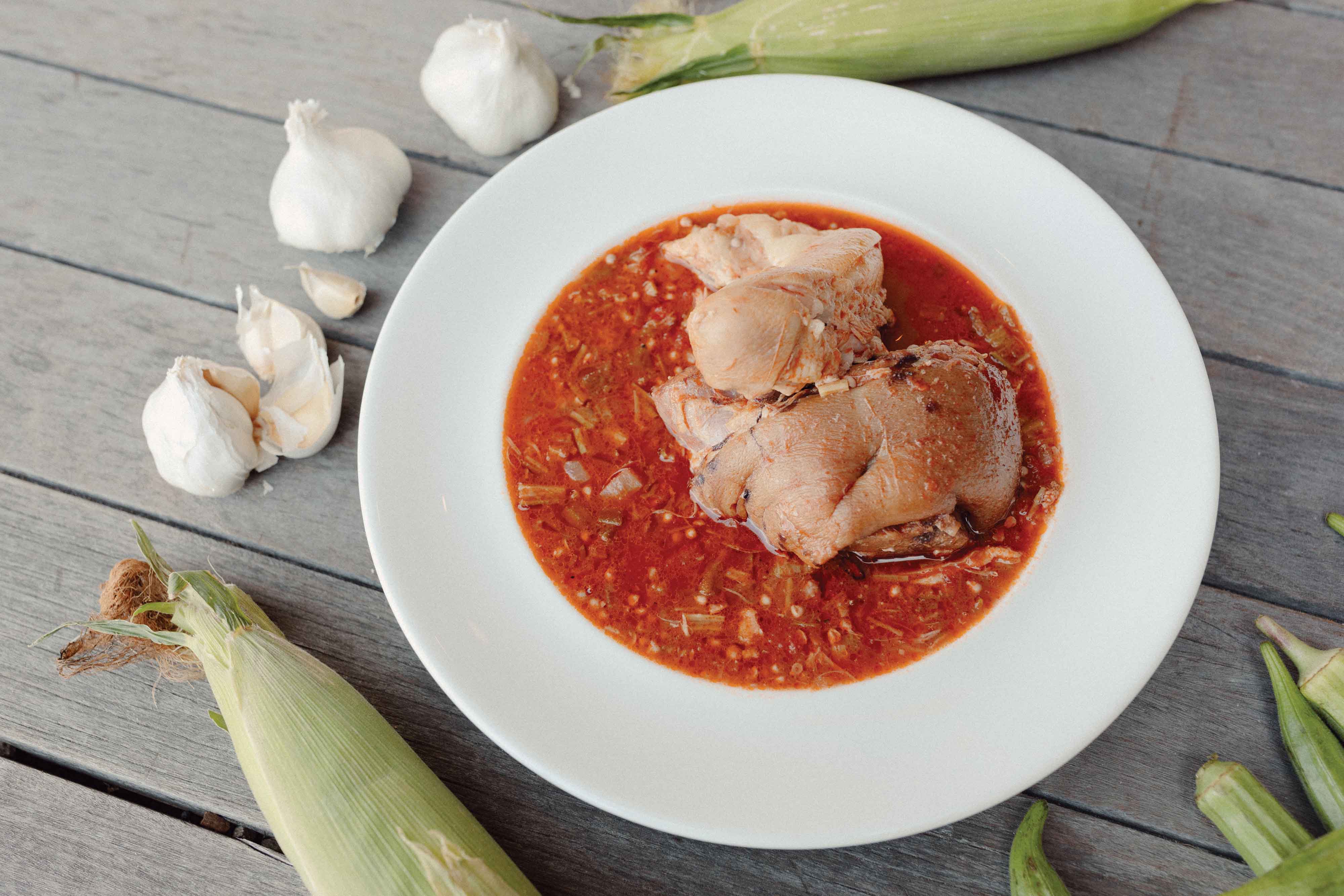
Okra and Stewed Tomatoes
2 ham hocks
2 pig tails
1 yellow onion, peeled and chopped
2 carrots, peeled and chopped
1 bunch celery, washed and chopped
1 gallon water
Bring all ingredients to a boil and reduce to a simmer. Simmer for 45 minutes to 1 hour. Strain out meat and vegetables. This makes 2 quarts of ham stock.
6 pieces bacon, sliced thin
1 yellow onion, diced small
4 garlic cloves, minced
2 Tbsp unsalted butter
1.5 lbs fresh okra, sliced (do not use frozen okra!)
1 large beefsteak tomato, diced
1 quart ham stock
1 15-ounce can diced tomatoes
1 15-ounce can tomato sauce
1 6-ounce can tomato paste
Pinch sugar, with more to taste
Kosher salt and freshly ground black pepper to taste
Render bacon in sauce pot until browned. Add butter, onion, and garlic and simmer on low until onions are translucent. Add okra, canned and diced fresh tomatoes, 1 quart ham stock, and tomato sauce. Simmer for 20–25 minutes. Add tomato paste, sugar, kosher salt, and freshly ground pepper to taste. Simmer for 10 minutes, adjust seasoning to taste. Serve hot with Carolina Gold rice.




